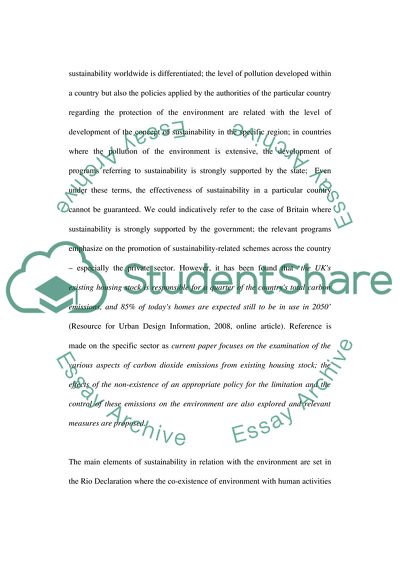Cite this document
(“Carbon Dioxide Emissions Effects on Environment Term Paper”, n.d.)
Carbon Dioxide Emissions Effects on Environment Term Paper. Retrieved from https://studentshare.org/environmental-studies/1718843-building-for-a-sustainable-future
Carbon Dioxide Emissions Effects on Environment Term Paper. Retrieved from https://studentshare.org/environmental-studies/1718843-building-for-a-sustainable-future
(Carbon Dioxide Emissions Effects on Environment Term Paper)
Carbon Dioxide Emissions Effects on Environment Term Paper. https://studentshare.org/environmental-studies/1718843-building-for-a-sustainable-future.
Carbon Dioxide Emissions Effects on Environment Term Paper. https://studentshare.org/environmental-studies/1718843-building-for-a-sustainable-future.
“Carbon Dioxide Emissions Effects on Environment Term Paper”, n.d. https://studentshare.org/environmental-studies/1718843-building-for-a-sustainable-future.


